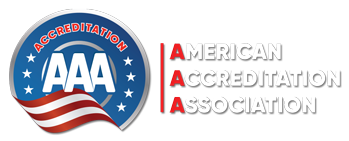A new version of the Policy for Proficiency Testing and/or Interlaboratory Comparisons other than Proficiency Testing (ILAC P9) has been published this month.
The policy sets out the requirements for, and gives guidance to, accreditation bodies (ABs) on the use and assessment of PT and/or ILCs other than PT in the accreditation process for all CABs performing testing or calibration activities – i.e. testing, sampling, calibration and medical laboratories, inspection bodies, biobanks, PT providers and reference material producers.
The accredited CAB should define its level and frequency of participation after careful analysis of its other measures for ensuring the validity of results (especially those that are able to disclose, quantify and follow the development of bias of a stated magnitude). The level of participation should be made dependent on the extent to which other measures have been taken. Other types of measures for ensuring validity of results include, but are not limited to those listed in ISO/IEC 17025:2017, clause 7.7.1 and ISO 15189:2022 clause 7.3.7.3:
The level of risk presented by the accredited CAB, the sector in which it operates or the methodology it is using. This can be determined, for example, by considering:
- Number and frequency of tests/calibrations/sampling/measurements undertaken;
- Turnover of technical staff; – Experience and knowledge of technical staff;
- Source of metrological traceability (e.g. availability of reference materials, national measurement standards, etc.);
- Known stability/instability of the test or measurement technique;
- Stability of the analyte and matrix, and the impact of storage and transportation;
- Significance and final use of testing/calibration/sampling data (e.g. forensic science, food safety and medical laboratories represent areas requiring a high level of assurance);
- Level of risk posed by Biohazardous PT items used and the containment precautions required;
Number of different calibration intervals;
- Complexity and robustness of the methodology;
- When statements of conformity are required and changes in related specifications are made;
- Risks and opportunities associated with the laboratory activities, in particular those that will prevent, or reduce, undesired impacts and potential failures in the laboratory activities and achieve improvement;
- Extent of validation and/or verification.
